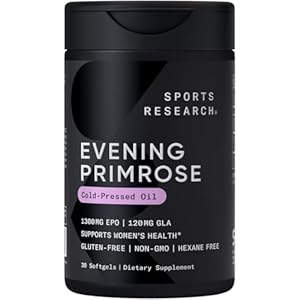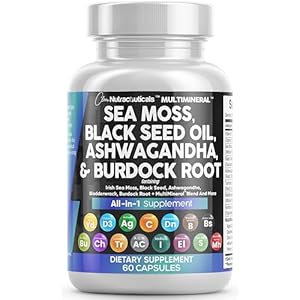
Espresso, wealthy in bioactive compounds like caffeine, chlorogenic acids, and polyphenols, has been discovered to own regenerative powers that profit vascular well being. Right here’s a more in-depth have a look at how caffeine contributes to this positive impact:
Mechanisms of Motion
Adenosine Receptors Antagonist:
Caffeine works primarily by performing as an antagonist to adenosine receptors within the central and peripheral nervous techniques. Adenosine usually promotes leisure and reduces neural exercise, facilitating sleep and vasodilation. By blocking these receptors, caffeine will increase neural exercise, rushing up psychological processing and bettering alertness12.
Calcium Launch Channel Sensitivity:
Caffeine sensitizes Ryanodine receptor (RyR) channels, that are essential for releasing calcium ions from the sarcoplasmic reticulum. Elevated sensitivity results in extra frequent microscopic releases of calcium, enhancing muscular contraction energy and coronary heart fee regulation1.
Elevated Noradrenaline and Dopamine Launch:
Throughout train, caffeine boosts the discharge of noradrenaline (NA) and dopamine (DA). Dopamine performs a key position in motivation, cognition, reward processing, motor management, and temper regulation. Enhanced DA launch lowers ache notion and improves endurance performance1.
Anti-inflammatory Properties:
Past ergogenic advantages throughout train, caffeine reveals anti-inflammatory properties useful for neuroprotection in opposition to situations like Alzheimer’s illness and Parkinson’s illness. It doesn’t alter the blood-brain barrier physiology or homeostasis however can defend CNS from hypoxia by means of persistent low doses23.
Impression on Cardiovascular Well being
The anti-inflammatory and antioxidant properties of espresso compounds contribute considerably to cardiovascular well being by decreasing oxidative stress and irritation related to varied ailments corresponding to kind II diabetes mellitus and a number of sclerosis3. Particularly:
Antioxidants in Espresso: Over 1000 chemical compounds are current in espresso together with caffeic acid, and trigonelline which present promising protecting results in opposition to neurodegenerative issues.
Chlorogenic Acid: This polyphenol has been proven to exert neuroprotection in opposition to rotenone-induced Parkinson’s illness by way of glucagon-like peptide secretion pathways3.
Conclusion
Caffeine performs a pivotal position in enhancing vascular well being by means of a number of mechanisms—performing as an antagonist to adenosine receptors, sensitizing calcium channels for stronger muscular contractions throughout train—and exhibiting anti-inflammatory properties useful for neuroprotection in opposition to persistent ailments.
Common consumption at reasonable doses could contribute positively in direction of sustaining cardiovascular well-being by decreasing oxidative stress and irritation processes related to varied pathologies together with most cancers diabetes neurodegenerative issues amongst others making espresso an integral half not solely enhancing bodily efficiency but additionally selling total regenerative energy significantly regarding vascular integrity.
Trending Merchandise













